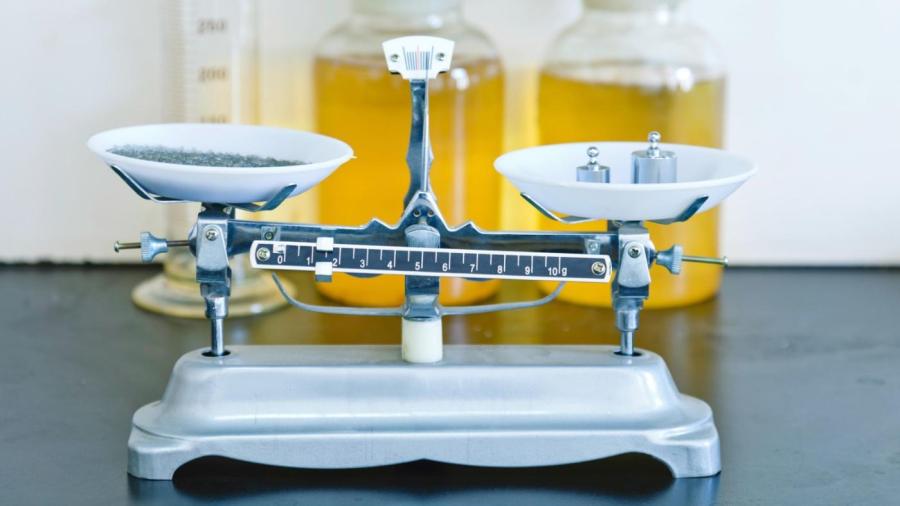What Is the Relationship Between Mass and Weight?

Mass is a measure of the amount of matter contained by an object, while weight is a measure of the gravitational pull on an object. As the gravitational force exerted by Earth is the constant upon which mass is calculated, the values of an object’s mass and weight on Earth are approximately equal depending on geographic location. Physicists calculate the weight of an object by multiplying its mass by the gravitational force acting on it, using the formula W=mg, where W is the weight, M is the mass, and G is the gravitational force acting on it
Gravity on Earth is force exerted by the planet onto objects upon its surface. All objects are drawn by this force to the center of the Earth at a constant rate until met with sources of resistance by other objects, like air, land and water. The mass of an object in no way changes the force of gravity, but it does change the amount of force required to move the object from its path to the center of the Earth.
The mass of an object remains the same regardless of its location. However, the weight of an object varies with different locations depending on the gravitational force. For instance, an astronaut will still have the same mass on Earth, on the moon or in space. However, an astronaut will weigh less on the moon because its gravitational force is 0.165 that of Earth, and then become weightless in space because there is no gravity.





